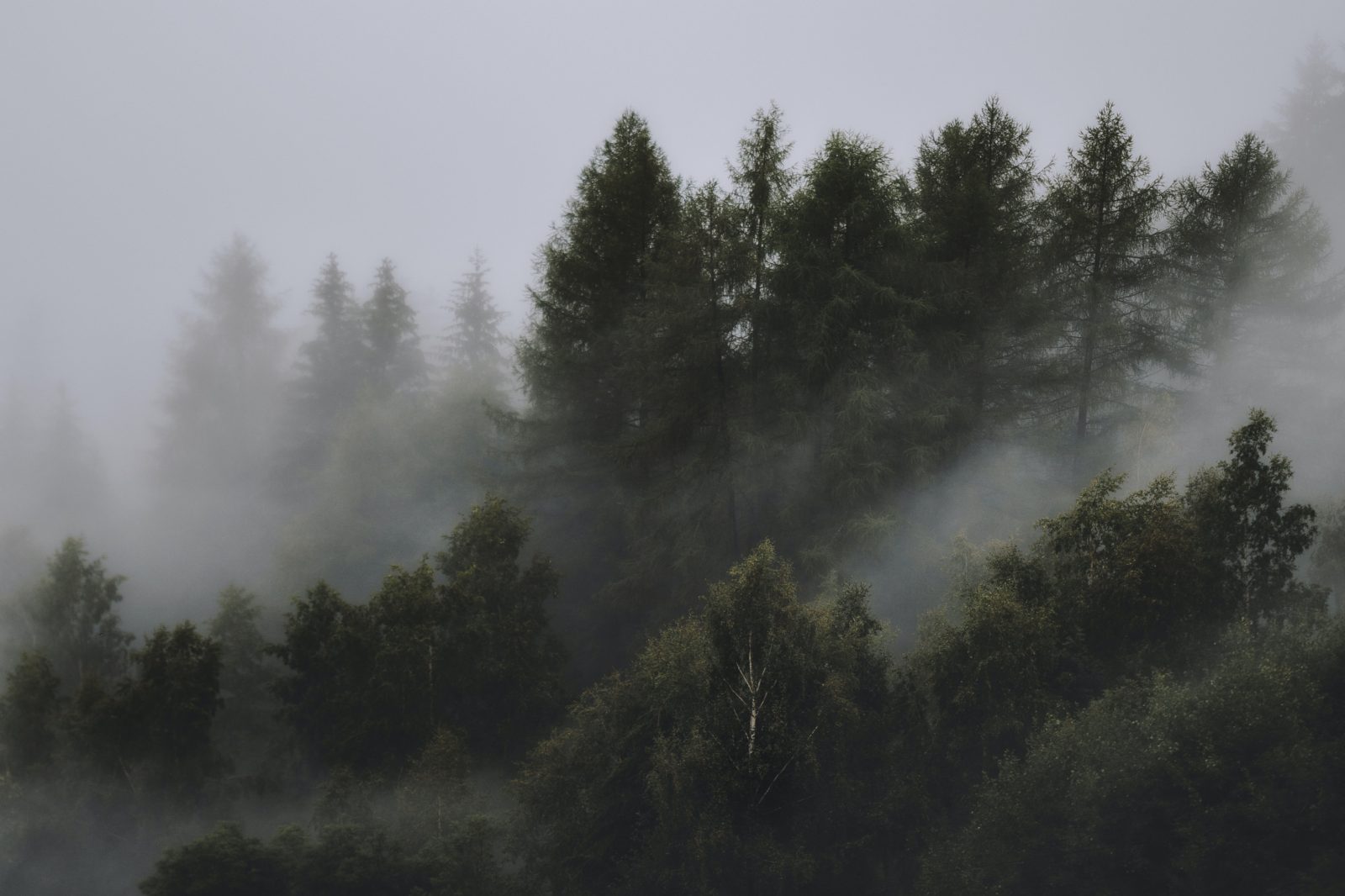The Czech Republic’s forests are shifting towards more native tree species as foresters plant deciduous trees for the third year. The increase in planting is a response to the devastation caused by the bark beetle infestation, which has led to the decline of spruce trees and a loss of biodiversity.
In 2022, the Ministry of Agriculture provided 4.2 billion CZK towards forest restoration, replenishing a record-breaking 50,058 hectares of forest. Of that area, 39,900 hectares were planted with trees, while natural regeneration occurred on 10,100 hectares.
Foresters planted nearly 226 million trees last year, with deciduous trees accounting for 141.5 million of them and conifers making up 84.3 million. The trend towards planting native trees is expected to continue as foresters seek to create more diverse and resilient forests.
The country’s most famous tree species for planting is the beech, followed by oak and spruce. However, spruce has fallen to third place due to the bark beetle infestation. Recently, the focus has shifted towards planting more tree species to create mixed forests.
In addition to planting trees, the Ministry of Agriculture funds forest management and preserving habitat trees to promote biodiversity. Forestry operators can apply for funding through new programs in the upcoming years.
The Czech Republic also actively contributes to the fight against climate change by implementing measures to adapt forest ecosystems. The Ministry of Agriculture is currently finalizing the process of notifying the European Commission of a new contribution to support the adaptation of forest ecosystems to climate change from 2023 to 2027.
As of the end of 2022, the country’s forests covered an area of 2,680,372 hectares, with state-owned forests accounting for nearly 54% of that area.
Overall, the Czech Republic’s efforts to restore its forests provide an excellent example of how countries can work towards restoring and preserving their natural landscapes.






